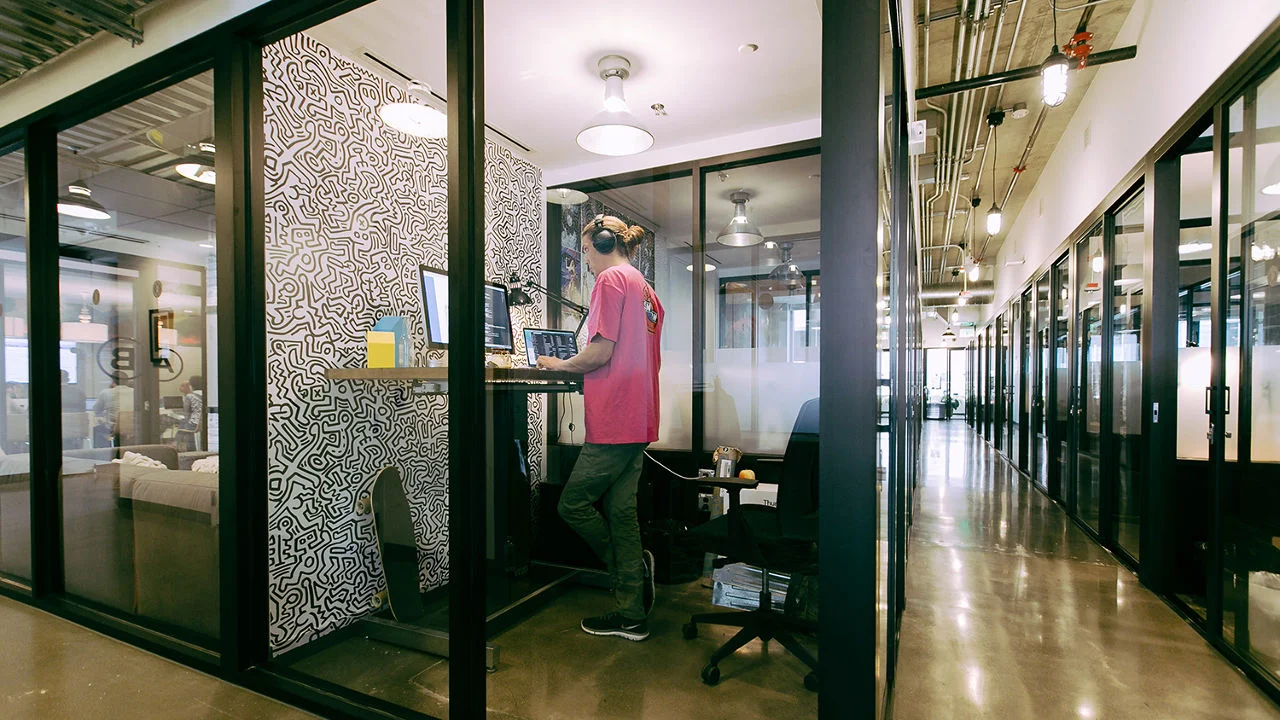Coworking promises to boost your creativity, offers valuable networking opportunities, and increases your productivity – but could there be some hidden health benefits as well?
It would appear so. Coworking brings individuals and businesses together in an environment like no other, resulting in a positive effect on both your physical and mental well being. In fact 70% of coworkers claim to feel healthier working in this way when compared to the conditions of working in a traditional office environment, and 60% are more relaxed at home since they have started coworking.
It makes sense. The standard 9-5 work week is counterproductive to good health. This type of sedentary existence is, in fact, killing us. Could coworking unlock a range of health benefits that typical office or home working environments simply cannot offer? Several scientific studies suggest it certainly can.

























